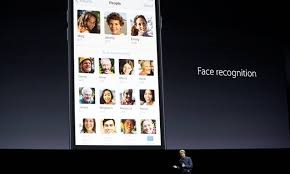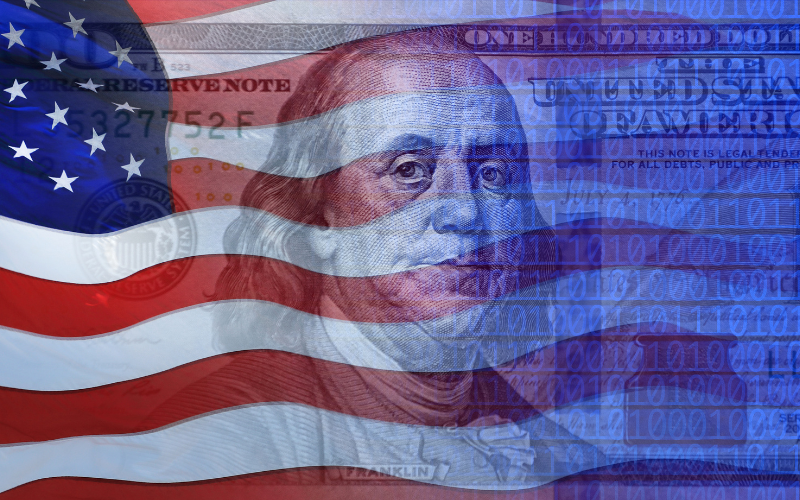 I acquired my first camera when I was 10. It was a fairly inexpensive film camera that shot pictures on 120 film. In high school, I purchased a used 35mm single lens reflex (SLR) camera and updated that with another in my first major purchase after college. In 1999, I bought my first digital camera, a Kodak DC290 with 3.3 megapixel resolution. Sometime in 2002, I shot my last picture on conventional film. Over the last 15 years, I’ve upgraded my digital cameras, including acquiring several digital SLRs and video cameras.
I acquired my first camera when I was 10. It was a fairly inexpensive film camera that shot pictures on 120 film. In high school, I purchased a used 35mm single lens reflex (SLR) camera and updated that with another in my first major purchase after college. In 1999, I bought my first digital camera, a Kodak DC290 with 3.3 megapixel resolution. Sometime in 2002, I shot my last picture on conventional film. Over the last 15 years, I’ve upgraded my digital cameras, including acquiring several digital SLRs and video cameras.
Meanwhile, my cell phones started including digital cameras around 10 years ago and with the advent of the iPhone, have seen improved picture quality and capability ever since. The announcement of the new iPhone7 was the catalyst for this article. The iPhone 7 Plus comes with two digital cameras, a 12 megapixel (4x as powerful than my 1999 purchase) wide-angle with an f/1.8 aperture and a second telephoto camera with a f/2.8 aperture and 2x optical zoom with a digital zoom up to 10x. Translated – that’s a lot of power as an add-on to a smartphone. I used to ensure I had an SLR with me whenever I traveled; with this phone, I may not need to.
The advancement of digital technology is only part of the story. The other part is the ubiquity of digital cameras (anyone with a smartphone and likely a regular cell phone has one) and the multiple ways we use our cameras, share our pictures, and how those pictures are used by others. Thanks to advances in software and platforms, I can share a picture from my smartphone via Facebook, Twitter, Instagram, FourSquare and Snapchat, among other apps. The facial recognition technology on Facebook usually identifies the persons in the picture if they’re friends or if I’ve uploaded and tagged them before. The power of that software continues to improve. I have uploaded pictures of myself from many years ago and the software usually determines that it is me. The same applies to my family. If Facebook’s technology is this powerful, just think how powerful some of the classified systems operated by our law enforcement, homeland security, and defense agencies must be.
While I can only speculate on the power of government-operated facial recognition software, the power distributed to the person on the street through their phones and online software platforms is notable. Many of us have seen videos of major news events recorded by eyewitnesses who happened to be on the scene when the event unfolded. Our local TV stations in Baltimore encourage viewers to upload videos of events. In fact, I was in the checkout line at a local retailer a couple of years ago when security guards tackled a man who was running out of the store. Instantly, half a dozen or more people started recording the event. When the person was handcuffed and stood up, several items fell out from under his jacket and those recording put their phones away. Twice a week or more, I will see posts on Facebook community pages where home video cameras have recorded robbers or intruders and the victim has posted the video on Facebook, hoping to identify the robber before the police take the time to investigate.
I’m not sure where the digitization of images and actions takes us. Will the ubiquity of digital photos and videos lead to a police state, or just the opposite? Will the evidence be so conclusive (remember GPS coordinates are generally added to most digital photos) that our need for law enforcement will be reduced? Will powerful computers be able to sort through images posted online and when a person of interest is identified, enable a successful search thanks to GPS coordinates included in the metadata?
Law enforcement may be a major user of digital photos and videos, but there are many others. Free access for YouTube has created video stars whose self-posted videos have generated hundreds of thousands, and even millions, of followers. While some are budding comedians or musicians, others appear comfortable simply generating followers without any such specific purpose. I’m not sure if “tagging” individuals in photos was invented on Facebook, Instagram or some other platform, but the concept continues to spread. For example, I earn extra points on Swarm (the program spun out of FourSquare) for uploading pictures of the establishments or events that I visit. Swarm makes those pictures available for others and sometimes transfers them to FourSquare. Ancestry.com has pictures of people tagged to an individual in their database so that when you locate someone who may be your ancestor, you have access to a picture that might have been handed down to family members you have never met. Without the ability to store the image and the tagging shared in the system, you may have never known what your great-great-great-grandmother looked like.
When Facebook purchased Instagram for $1 billion, I thought the price was too high. Now, I wonder what the next successful app will be to embrace and include photos and videos and attract users who upload and post their photos frequently to an ever-expanding user base. It’s likely that in the blurring areas of experiential and classroom learning, more and more videos will be recorded of work-related experiences for both commercial learning and noting personal accomplishments. I’ll be watching carefully.











